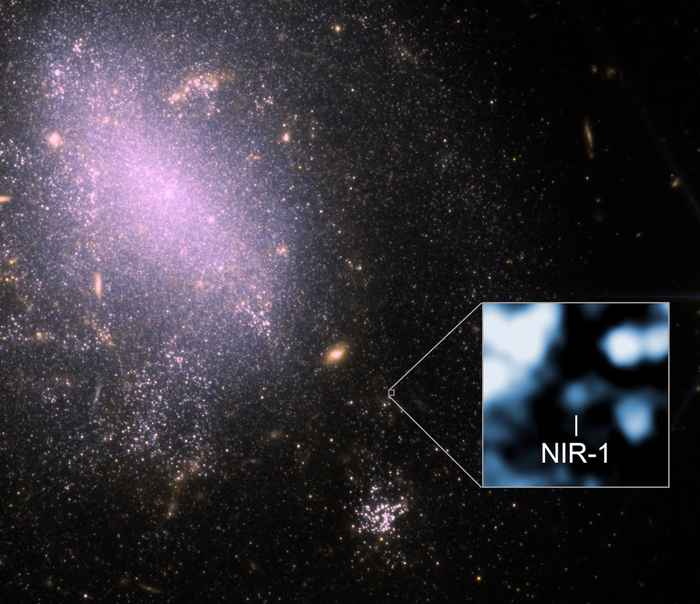Astronomers locate source of brightest one-shot fast radio burst ever
13 August 2025

FRBs are powerful flashes of radio waves from space that last a thousandth of a second. Researchers suspect that they are the result of extreme cosmic events, but so far they have not been able to determine their exact origin. FRBs are notoriously difficult to study because they disappear in the blink of an eye. For several years now, the Canadian CHIME/FRB radio telescope has been able to detect these rare astrophysical events. Now, for the first time, their origin has also been determined.
The particularly bright FRB 20250316A (also known as RBFLOAT - Radio Brightest FLash Of All Time) was detected by CHIME in March. “This result marks a turning point: instead of just detecting these mysterious flashes, we can now see exactly where they come from. We can now begin to discover whether they are caused by dying stars, exotic magnetic objects, or something we haven't thought of yet,” says Amanda Cook, a postdoctoral researcher at McGill and leader of one of the two accompanying studies.
Precision
To investigate the origin of FRB 20250316A, the researchers used CHIME's recently completed “outtrigger” telescopes, which span North America from British Columbia to California. These telescopes have very high spatial resolution, allowing them to trace the burst to an area only 45 light-years wide—smaller than an average star cluster—on the outskirts of a galaxy about 130 million light-years away.
“To achieve this level of precision, it is necessary to combine signals from radio telescopes located thousands of kilometers apart. To do this, we need to measure the arrival time of the FRBs with an accuracy of one billionth of a second,” says Nina Gusinskaia, a Bell Burnell fellow at ASTRON. “Because we managed to do this, we were able to link the burst to a weak infrared signal picked up by the James Webb Space Telescope (JWST).”
One-off
Although it is the brightest FRB CHIME has ever observed, it is not a repeating flash. CHIME has observed the position of the source for hundreds of hours over more than six years. This result contradicts the prevailing view that all FRBs eventually repeat.
Two relatively small radio telescopes in the Netherlands confirm this picture. The Dwingeloo Radio Telescope and one dish of the Westerbork Synthesis Radio Telescope (WSRT) have together stared at the site of the burst for more than 200 hours. Omar Ould-Boukattine, PhD student at ASTRON and the University of Amsterdam: “Our team started an observation campaign within a day of the news of the burst, which allowed us to rule out any ‘aftershocks’.”
The new observations are described in two studies: one focuses on the original discovery and localization, the other on JWST near-infrared images of the location where the flash originated. Together, they provide details and new opportunities for studying FRBs, not only as cosmic curiosities, but also as tools for exploring the universe.
“This is just the beginning. We are now zooming in on multiple FRBs per week with this precision, and this will teach us a great deal about this enigmatic phenomenon,” concludes Ziggy Pleunis, assistant professor at the University of Amsterdam.